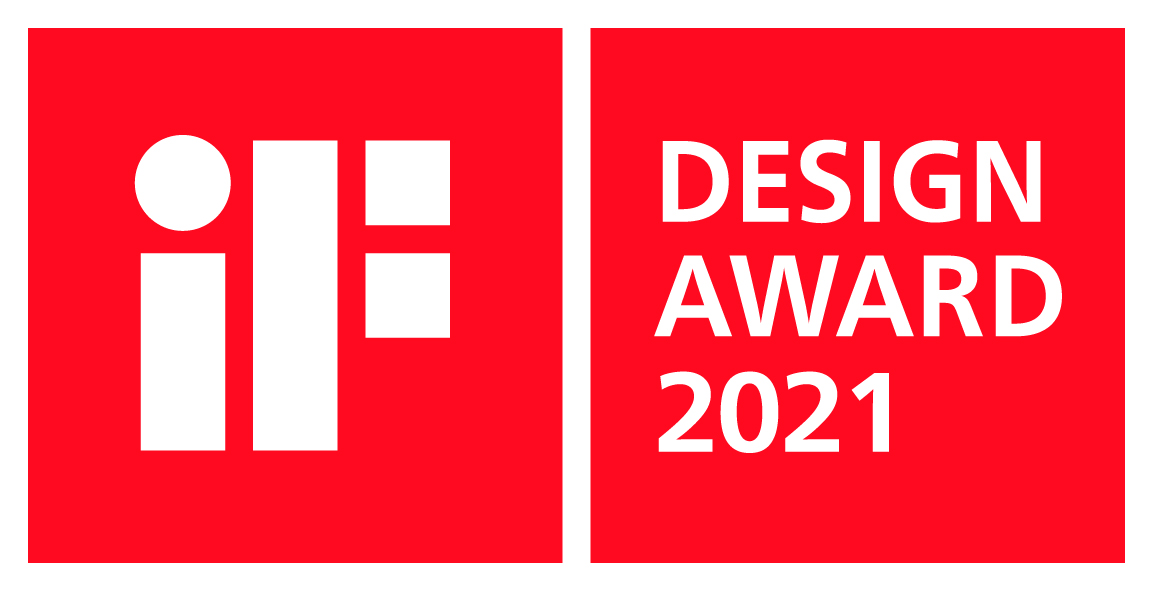
Marie and Eve
Client
Leo Cancer Care
Description
Upright particle therapy and imaging system
Date
2021
Activities
- User experience
- Insight and strategy
- Human factors
- Industrial design
- Visual brand language
- Colour, material and finish
- Model making


Leo Cancer Care selected DCA as their design partner for the development of their flagship patient imaging (Marie) and positioning system (Eve), enabling upright treatment of cancer using radiation therapy.
Medically, there are tangible benefits to treating patients in an optimised upright position, reducing in-treatment organ movement and increasing positioning repeatability over the treatment course. Commercially, the product provides cost savings over traditional approaches and can be realised in both existing and new facilities – a step change in making life saving treatments accessible for a wider population.
The upright position also empowers patients by allowing them to develop a greater connection with their clinicians and maintain a sense of independence and confidence throughout their treatment experience.
The visual design was developed building on this new perspective, with the patient at the centre; striking a balance between expressing the state of the art technology at its heart, and the game changing interaction the system provides. This is achieved through pure, quietly confident forms, carrying an intrinsic logic and a ‘home’ for moving parts to return to. The patient facing surfaces softly curve to invite the users in, and refined lighting effects and textiles offer reassurance through a homely familiarity. All of these aspects are embodied with a deep awareness of the healthcare environment in which they are being installed and a detailed understanding of the clinical workflows that the system operates in.
Medically, there are tangible benefits to treating patients in an optimised upright position, reducing in-treatment organ movement and increasing positioning repeatability over the treatment course. Commercially, the product provides cost savings over traditional approaches and can be realised in both existing and new facilities – a step change in making life saving treatments accessible for a wider population.
The upright position also empowers patients by allowing them to develop a greater connection with their clinicians and maintain a sense of independence and confidence throughout their treatment experience.
The visual design was developed building on this new perspective, with the patient at the centre; striking a balance between expressing the state of the art technology at its heart, and the game changing interaction the system provides. This is achieved through pure, quietly confident forms, carrying an intrinsic logic and a ‘home’ for moving parts to return to. The patient facing surfaces softly curve to invite the users in, and refined lighting effects and textiles offer reassurance through a homely familiarity. All of these aspects are embodied with a deep awareness of the healthcare environment in which they are being installed and a detailed understanding of the clinical workflows that the system operates in.
Designing the future of radiotherapy: standing up to cancer
‘DCA are world leaders in design so this partnership has been fantastic from start to finish.’
Stephen Towe CEO Leo Cancer Care

From the outset of establishing a new visual brand language for Leo Cancer Care, to embodying it in this first system, the teams carefully balanced and challenged technical constraints whilst striving to deliver the highest quality visual design and patient experience.
The flagship system was awarded with an iF Design award and Good Design award. The team are very proud to receive these industry recognitions, but at the heart of it, the greatest reward is working on a product that ultimately means someone, somewhere in the future, will have more time with a loved one because they have better access to new cancer treatment technologies.
The flagship system was awarded with an iF Design award and Good Design award. The team are very proud to receive these industry recognitions, but at the heart of it, the greatest reward is working on a product that ultimately means someone, somewhere in the future, will have more time with a loved one because they have better access to new cancer treatment technologies.
‘With DCA’s blend of creative thinking and pragmatism combined with Leo Cancer Care’s innovative product and user experience focus, the partnership was a perfect fit.’
Stephen Towe CEO Leo Cancer Care






